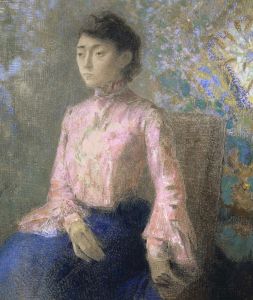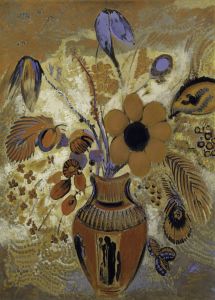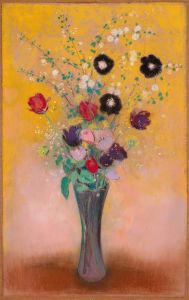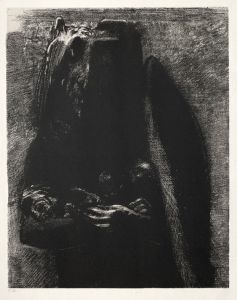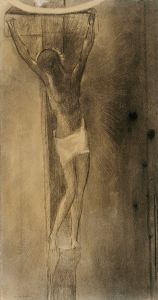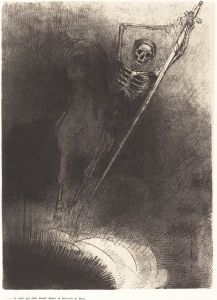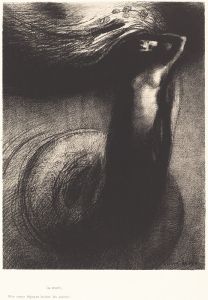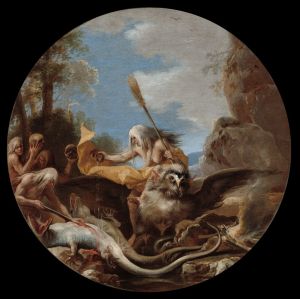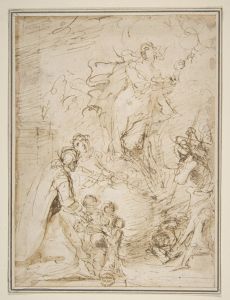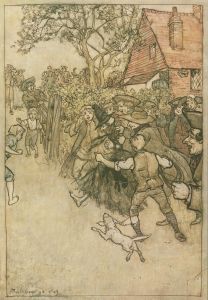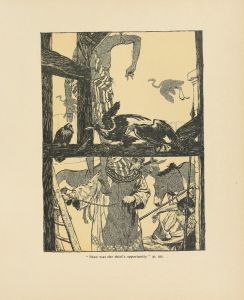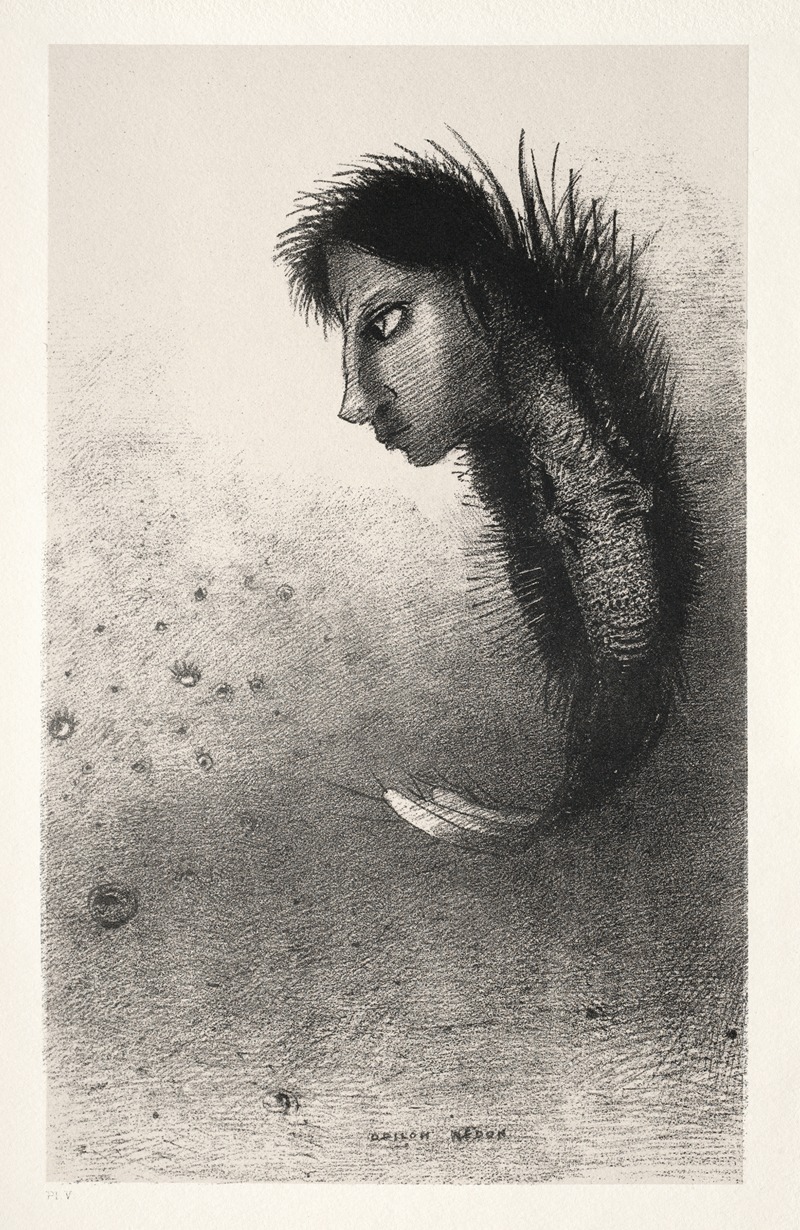
Then There Appears a Singular Being, Having the Head of a Man on the Body of a Fish
A hand-painted replica of Odilon Redon’s masterpiece Then There Appears a Singular Being, Having the Head of a Man on the Body of a Fish, meticulously crafted by professional artists to capture the true essence of the original. Each piece is created with museum-quality canvas and rare mineral pigments, carefully painted by experienced artists with delicate brushstrokes and rich, layered colors to perfectly recreate the texture of the original artwork. Unlike machine-printed reproductions, this hand-painted version brings the painting to life, infused with the artist’s emotions and skill in every stroke. Whether for personal collection or home decoration, it instantly elevates the artistic atmosphere of any space.
Odilon Redon was a French symbolist artist known for his unique and imaginative works that often explored themes of fantasy, dreams, and the subconscious. One of his intriguing pieces is "Then There Appears a Singular Being, Having the Head of a Man on the Body of a Fish." This artwork is a part of Redon's broader oeuvre that frequently delves into the surreal and the fantastical, reflecting his interest in the mysterious and the otherworldly.
Redon was born in Bordeaux, France, in 1840 and developed an early interest in art. He studied under Jean-Léon Gérôme and later worked with the engraver Rodolphe Bresdin, who influenced his early work. Redon initially gained recognition for his charcoal drawings and lithographs, known as "noirs," which were characterized by their dark, moody tones and fantastical subjects. These works often depicted bizarre creatures and dreamlike scenarios, setting the stage for his later, more colorful paintings and pastels.
"Then There Appears a Singular Being, Having the Head of a Man on the Body of a Fish" fits within Redon's exploration of hybrid creatures and mythological themes. This particular piece exemplifies his fascination with the blending of human and animal forms, a common motif in his work. Such imagery can be linked to the symbolist movement's interest in exploring the boundaries between reality and imagination, as well as the deeper, often darker aspects of the human psyche.
Redon's work was influenced by a variety of sources, including literature, mythology, and science. He was particularly inspired by the writings of Edgar Allan Poe, Charles Baudelaire, and Stéphane Mallarmé, whose works often explored similar themes of mystery and the macabre. Additionally, the scientific discoveries of the 19th century, including Darwin's theory of evolution, may have informed his interest in hybrid creatures and the natural world.
Throughout his career, Redon's art evolved from the monochromatic "noirs" to vibrant, colorful pastels and oils. This transition marked a shift in his focus from the somber and introspective to the more luminous and expressive. Despite this change in medium and palette, Redon maintained his interest in the fantastical and the symbolic, continuing to create works that challenged the viewer's perception of reality.
Redon's unique style and thematic focus have earned him a lasting place in the history of art. His work has been exhibited in numerous galleries and museums worldwide, and he is considered a precursor to the surrealist movement, which emerged in the early 20th century. Artists such as André Breton and Max Ernst have cited Redon as an influence, appreciating his ability to evoke the dreamlike and the uncanny.
"Then There Appears a Singular Being, Having the Head of a Man on the Body of a Fish" is a testament to Redon's imaginative vision and his ability to create compelling, otherworldly images. Through his art, Redon invites viewers to explore the depths of their own imaginations and to consider the complex interplay between reality and fantasy.





